Fish
Learn about the different fish, shellfish and other marine species that are in today’s seafood and sushi dishes. Many of the most popular fish are unsustainable and seriously at risk, which could have huge global implications.

Buying Fish From a Local Fishmonger: 4 Tips for Fresh Fish
Buying fish from a local fishmonger is a great way to get fresh seafood. You can learn about the different types of fish, how to pick out a fresh one, and how to prepare it. There are all sorts of delicious and healthy fish recipes that you can try, so head to your local fishmonger…
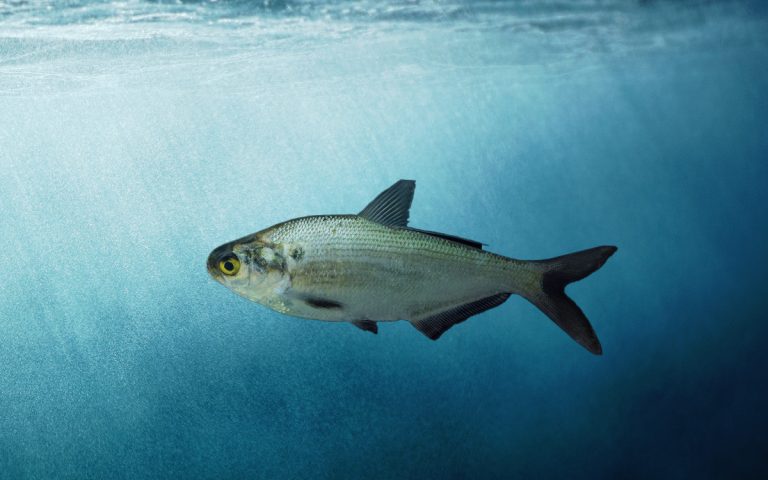
What is Kohada Sushi? 4 Types of Gizzard Shad Sushi Fish
Source: Wild Mercury Risk: Unknown The gizzard shad (or dotted gizzard shad) is a small fish related to the herring. Konosirus punctatus schools in great numbers along the shores of Central Japan, in the waters off eastern China, and around the Korean Peninsula. Kohada sushi is a mainstay of edomae (Tokyo-style) sushi, this fish is extremely popular in the Kanto…
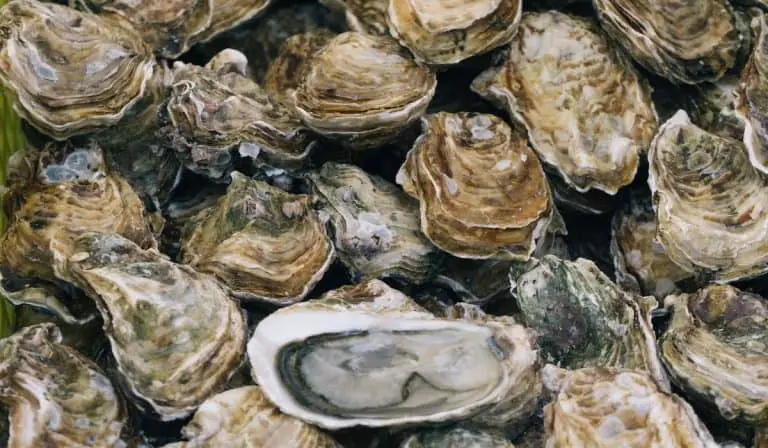
Kaki – Oysters
Source: Farmed, some wild Mercury Risk: Low Oysters (or kaki in Japanese) are becoming more and more common on menus in U.S. sushi restaurants, becoming as popular as some more traditional sushi fish. These bivalves are presented in a variety of forms and styles: roasted in the shell, raw on the half shell, or glistening with…
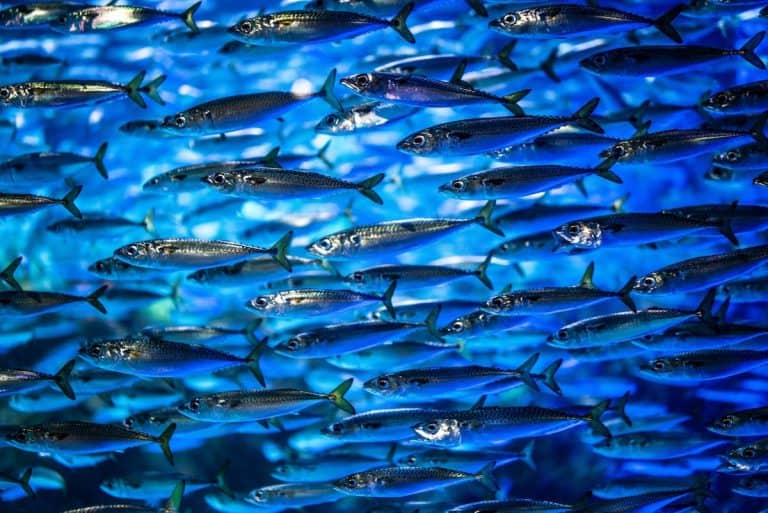
Iwashi – Sardine
Source: Wild Mercury Risk: Low Although the Japanese have traditionally used sardines in sushi, we are only just beginning to do so in the United States. As a result, it’s still relatively uncommon to see iwashi on the menu at your local sushi bar. Only in the last few years have Americans begun to recognize the sardine as…
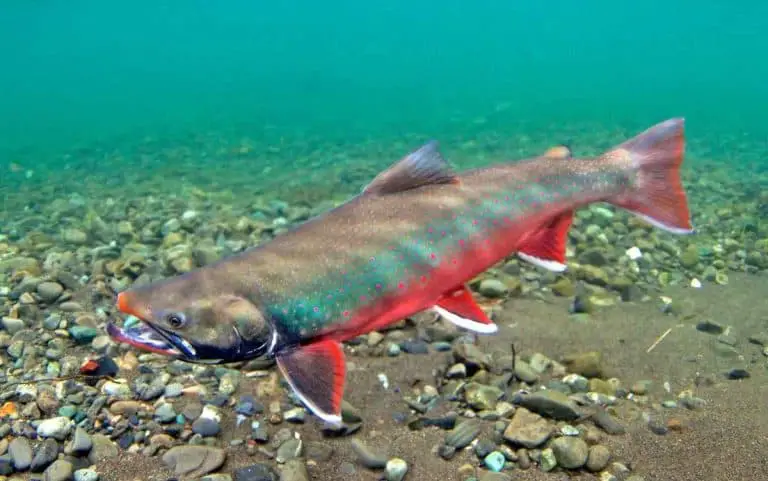
Iwana – Arctic Char
Source: Farmed, some wild Mercury Risk: LowArctic char, a close relative of trout and salmon, has only found its way onto U.S. sushi menus in the past few years. Char is known as iwana in Japanese. Its delicate red flesh and firm texture are quickly earning it a place in the American palate. Arctic char is a cold-water fish…
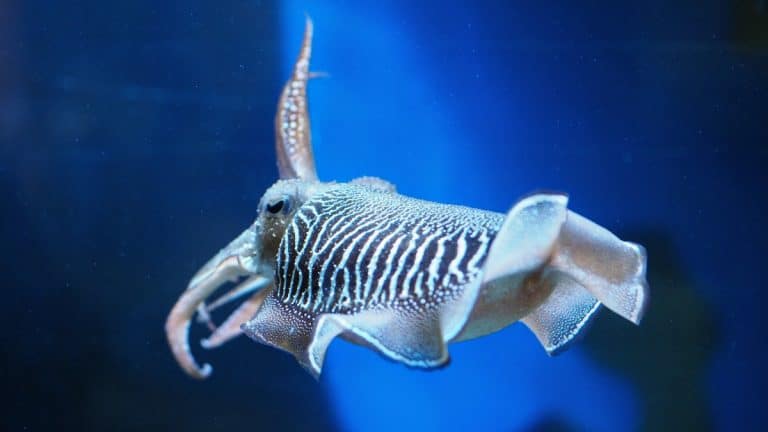
Ika – Squid
Source: Wild Mercury Risk: Low Most of the true squid sushi (ika) served in U.S. sushi restaurants is flown in from Japan, but occasionally domestic product is used, usually in appetizers. There are three main types of domestic squid available in the United States—long-fin, short-fin, and Humboldt or jumbo squid. Long-fin and short-fin squid are small…
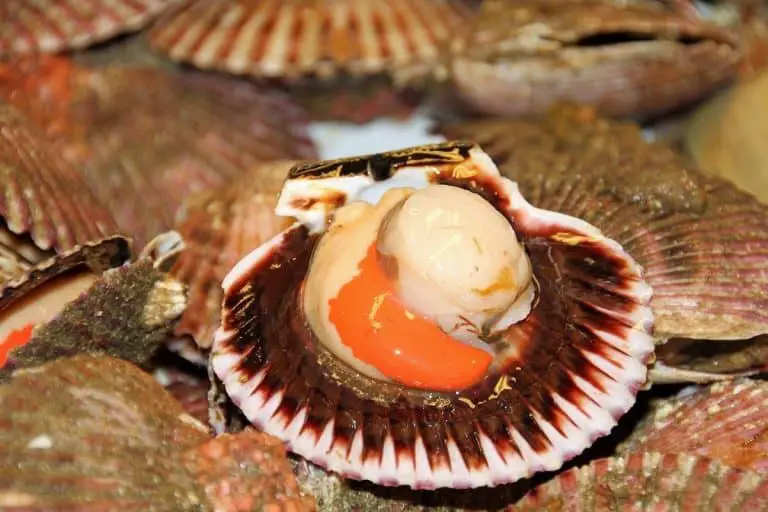
Hotate – Scallop
Source: Farmed, Wild Mercury Risk: Low Scallops (hotate, in Japanese) hold a place of honor not just at the sushi bar but to the American seafood palate in general. Revered for their rich delicate flesh, scallops add a touch of decadence to many different types of cuisine. The major market distinction for this bivalve is size—large…
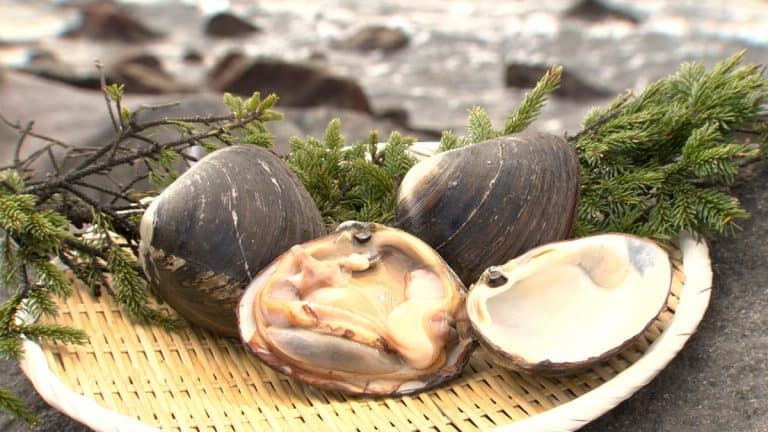
Hokkigai – Surf Clams
Source: Wild Mercury Risk: Low With its triangular shape and swollen red foot, hokkigai is one of the most easily identifiable options at the sushi bar, alongside more popular fish options. Known both as the arctic surf clam and Stimpson’s surf clam, hokkigai is a long-lived burrowing bivalve usually caught in the waters off Quebec, Nova Scotia, and Newfoundland. Surf…
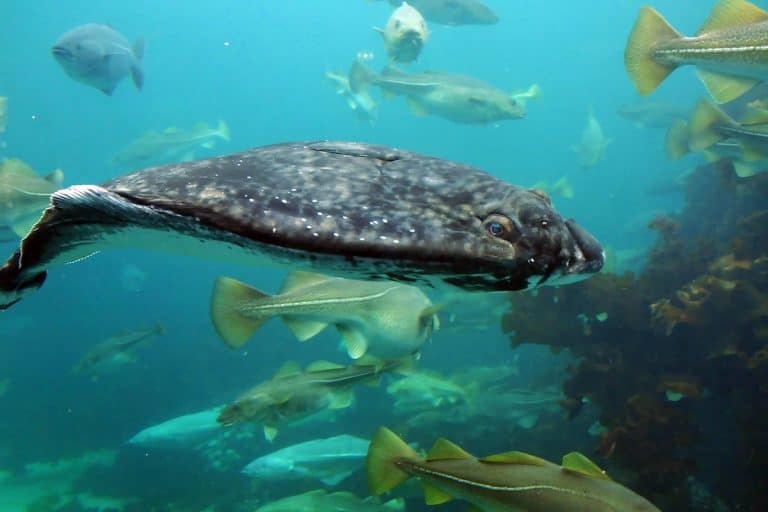
Hirame – Flatfish
Source: Wild Mercury Risk: Low (Atlantic fluke), Moderate (California & Pacific halibuts) The term hirame can refer to just about any white-fleshed, horizontally oriented, bottom-dwelling fish: halibut, sole, flounder, fluke, turbot, and others. The key to enjoying hirame (or any flatfish sushi) responsibly is to discern which particular fish is on your plate. The best option we can hope for here…
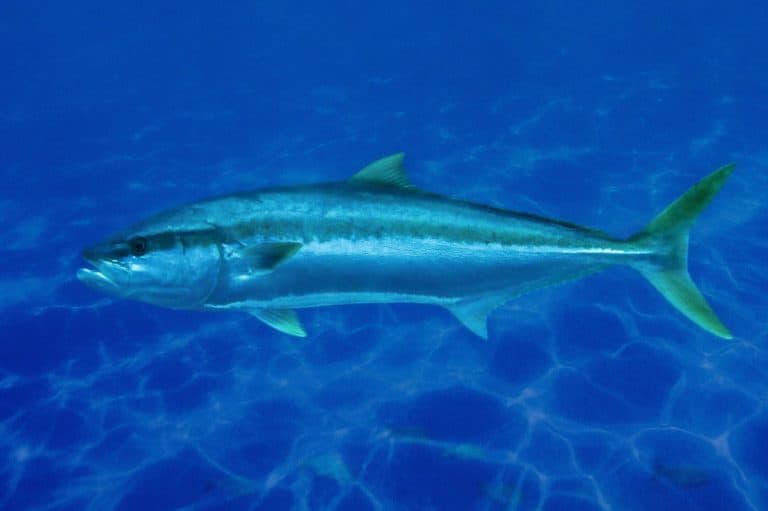
Hiramasa – Yellowtail Amberjack
Source: Farmed, some wild Mercury Risk: Unknown In the original edition of the book, Sustainable Sushi, there is only one chapter on amberjack. Given the growth of the industry and the differences in species, farming techniques, and management protocols, I’ve decided to address these fish on a more individual basis. So, I’ve split the original chapter into…
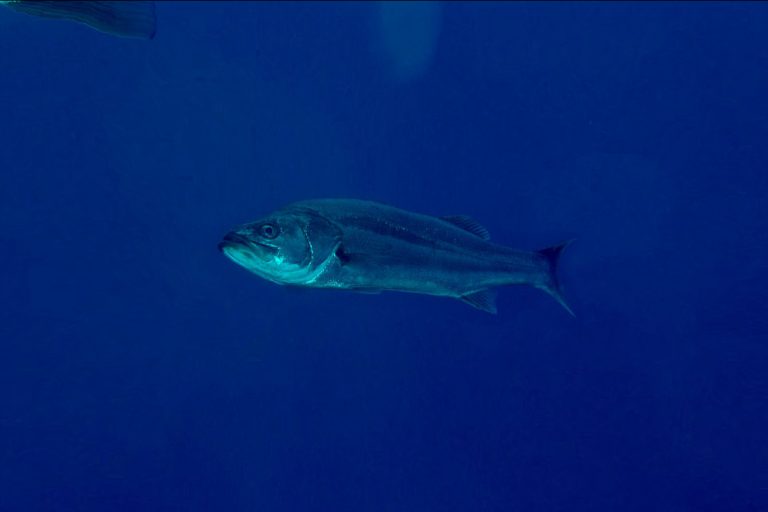
Suzuki – Japanese Sea Bass
Source: Wild, Farmed Mercury Risk: Unknown (Japanese sea bass), Low (Farmed striped bass) Suzuki fish (or Japanese Sea Bass) is a classic sushi option that is lauded in Japan but somewhat uncommon in the United States. This fish can be found in upscale establishments, but it cannot be considered a staple of the U.S. sushi industry. While English speakers use…

Tako – Octopus
Source: Wild Mercury Risk: Low One of the most easily identifiable items at the sushi bar is the dimpled purple and white tako. Tako is prepared octopus sushi, usually of the species Octopus vulgaris (madako in Japanese). Unlike many fish that are offered raw, octopus is cooked and brined before it is served as sushi. Japan has a large octopus preparation industry….

Gindara – Sablefish
Source: Wild, Farmed Mercury Risk: Low Gindara, in English: sablefish, black cod, or butterfish, is caught along the North American coast from the Bering Sea to Baja California. Most of this fish catch has historically ended up in Tokyo sushi restaurants, where the delicate white flesh of the sablefish is prized for its flavor and texture. What is…
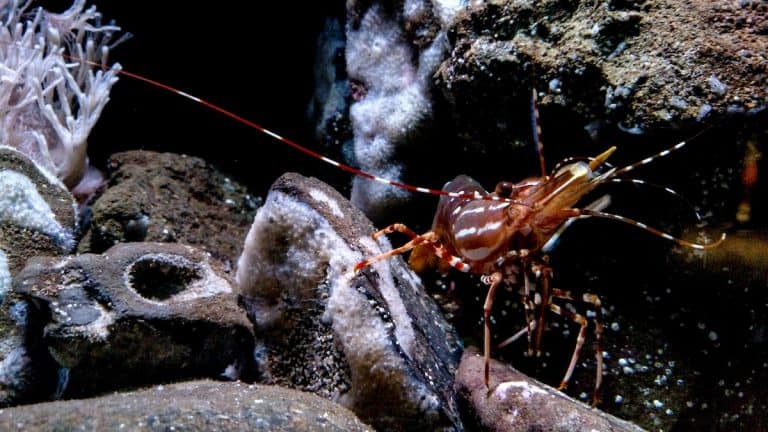
Ebi – Shrimp
Source: Farmed, Wild Mercury Risk: Low Shrimp is the most popular seafood item in the United States. Over the past two decades, it has transformed from a relatively expensive delicacy into a staple of the American diet. Shrimp has recently surpassed such long-standing fish icons as salmon and canned tuna in popularity, and it is now…
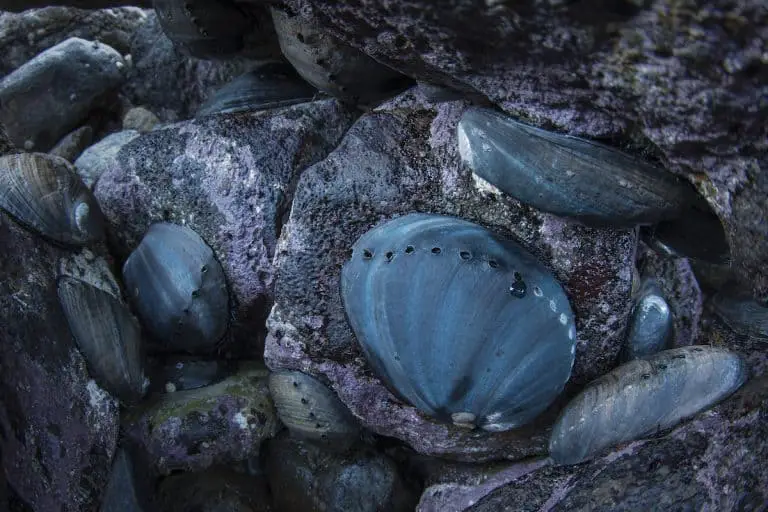
Awabi – Abalone
Source: Farmed, Wild Mercury Risk: Low The abalone is a slow-moving, algae-munching snail with the unfortunate quality of being absolutely delicious. Many abalone stocks are threatened or endangered, and as such, wild abalone must be avoided at the sushi bar. As a matter of fact, an American sushi chef serving awabi sushi, or wild abalone, is…
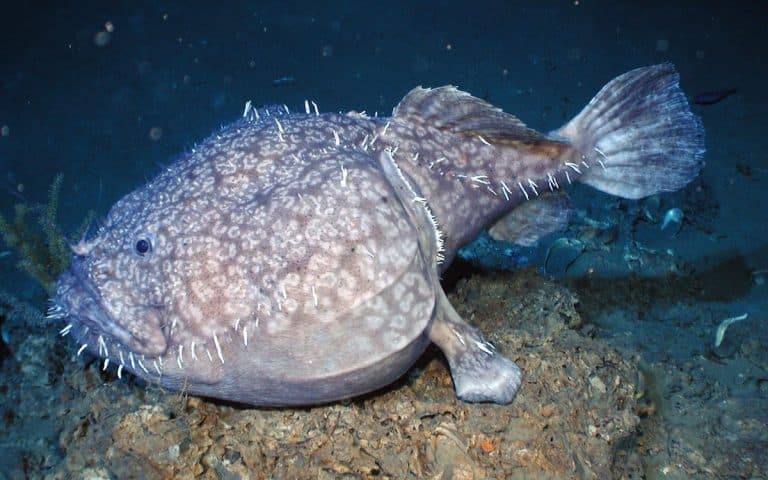
Ankimo – Monkfish Liver
Source: Wild Mercury Risk: Low Although not overly common in the United States, monkfish—and more often, monkfish liver (ankimo)—is certainly available in many upscale sushi establishments. Monkfish liver is similar to a fine pâté in texture and is often smoked or steamed and served with scallions, daikon radish, and red-pepper sauce (momiji oroshi). Monkfish is also…
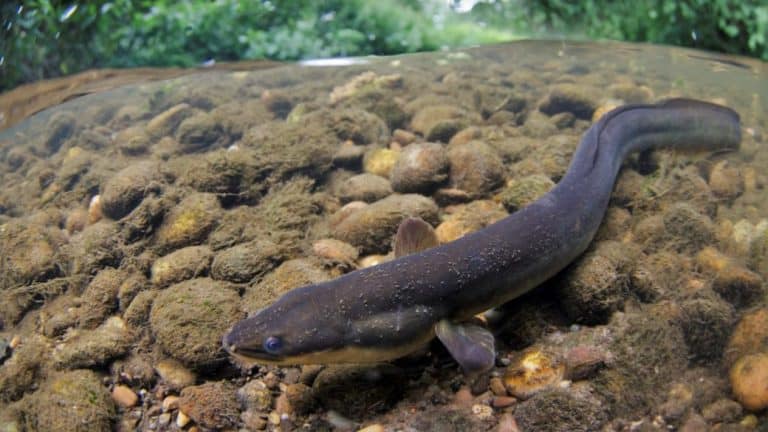
Anago – Conger Eel
Source: Wild, some farmed Mercury Risk: Low There are two types of eel that one might encounter at a U.S. sushi bar. The first, unagi, is the more common option and is discussed in the entry on freshwater eel. The other, anago, is less common, but recognition among American sushi patrons is growing. What is Anago (Conger Eel)?…
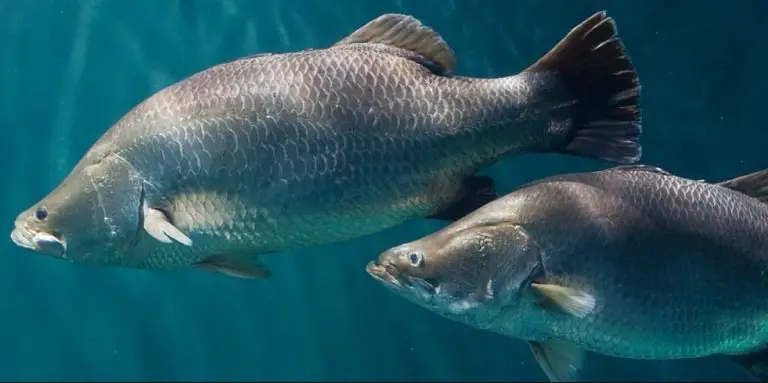
Akame – Barramundi
Source: Farmed, some wild Mercury Risk: Low Not a traditional sushi fish, the stocky humpbacked barramundi is a transplant from the coasts of Australia and the tropical straits of Indonesia and Papua New Guinea. It is quite rare to find barramundi on North American sushi menus, but if it is raised responsibly, farmed barramundi can be one…
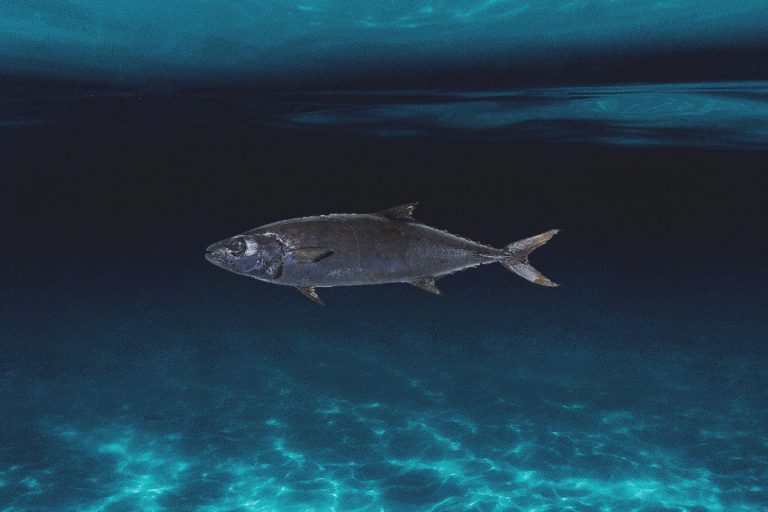
Aburasokomutsu – Escolar (Walu Walu)
Source: Wild Mercury Risk: High Call it escolar, butterfish, walu, super white tuna, aburasokomutsu, or whatever you’d like – by any name, this medium-sized ocean fish poses a confounding set of challenges and is problematic at best. In fact, the commercial sale of escolar is banned in Japan and Italy. There’s a good reason for that. Why is…
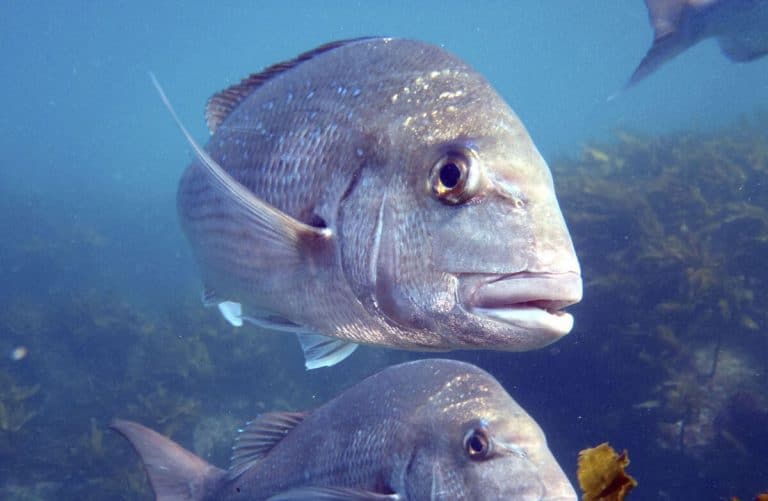
Tai – Snapper (Red Seabream)
Source: Wild, some farmed Mercury Risk: Low Tai is a fish of many faces. The English equivalent of the word is usually considered to be “snapper,” an equally ambiguous term that means very little. Just about anything can be called a snapper, but usually it refers to some type of a long-living fish that grows slowly and…
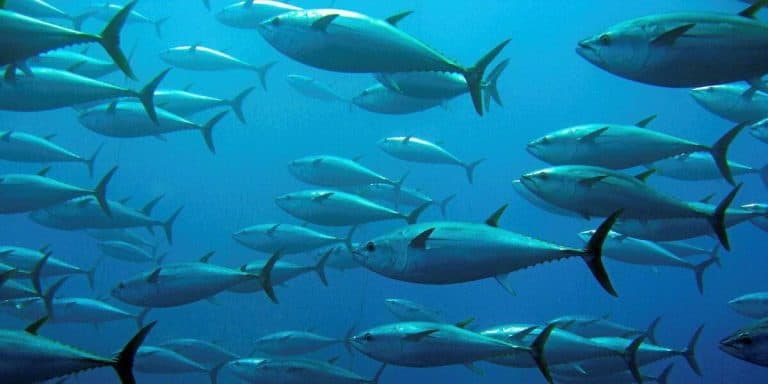
Katsuo – Skipjack Tuna
Source: Wild Mercury Risk: Low Katsuo is one of those Japanese menu terms that can get the average American sushi lover into a bit of trouble. The word corresponds to two different fish: skipjack tuna (Katsuwonus pelamis; notice the similarity to katsuo) and bonito (Sarda spp.), a tuna relative in a different and distinct genus. The precise term for…
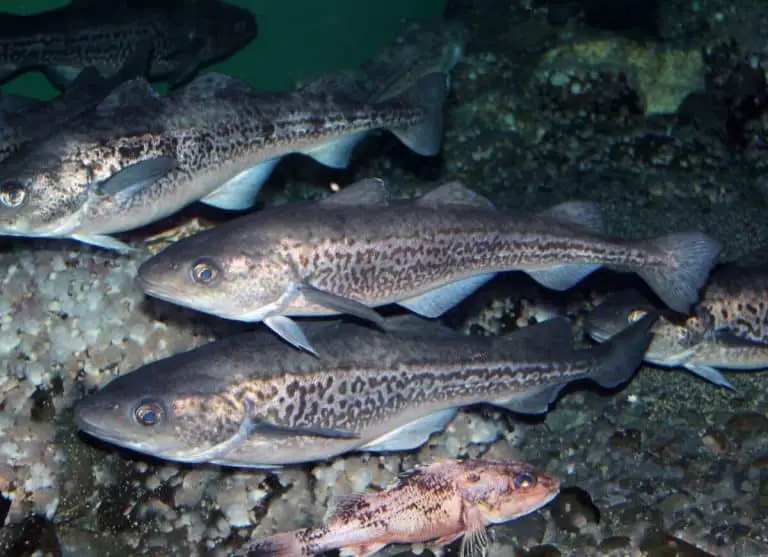
Kanikama (or Surimi): Imitation Crab From Pollock Fish
What is kanikama sushi? Kanikama is known as “imitation crab” in English, but is made from surimi, which is usually a fish like Alaskan Pollock. Kanikama is used in many types of sushi, especially maki, or rolls. The most common example is the California roll, which generally contains imitation crab and avocado. A fish processor creates…
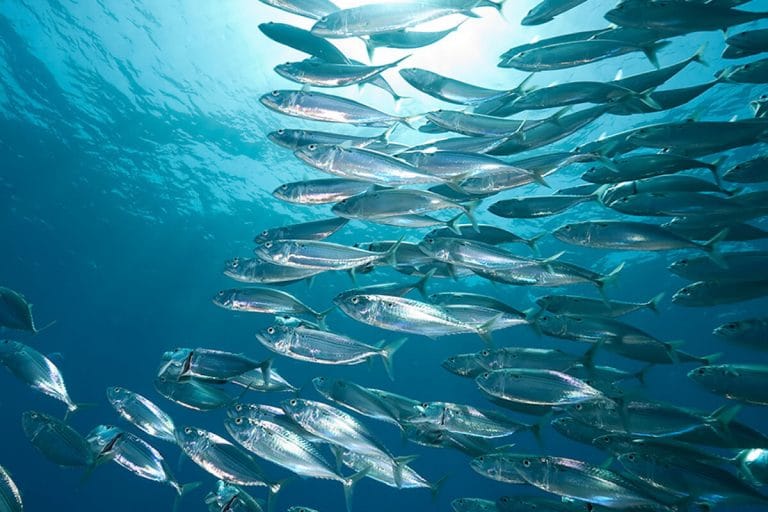
Saba – Mackerel
Source: Wild Mercury Risk: Low Atlantic mackerel, or saba, is a schooling fish found throughout much of the Atlantic Ocean. It is one of the three types of mackerel most commonly found in sushi bars (the others are aji and sawara.) Of the three, saba is the most widely encountered option. Mackerel does not keep well, and if it is not consumed…
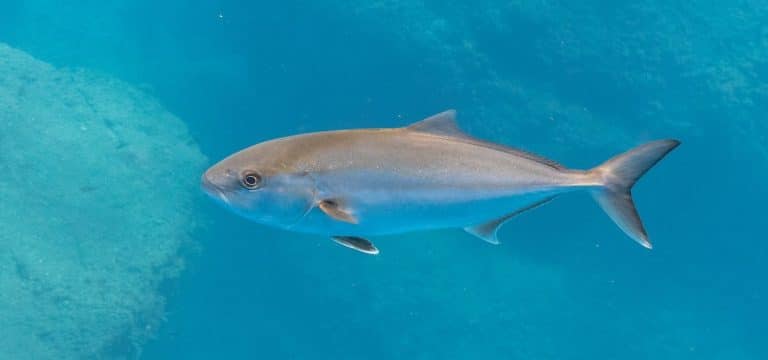
Kanpachi – Amberjack
Source: Farmed, some wild Mercury Risk: Unknown In the original edition of Sustainable Sushi, there is only one chapter on amberjack. Given the growth of the industry and the differences in species, farming techniques, and management protocols, I’ve decided to address these fish on a more individual basis. So, I’ve split the original chapter into three pages…

Tobiko (Tobiuo) – Flying Fish Roe
Source: Wild Mercury Risk: Unknown Flying fish, or tobiuo in Japanese, is exceedingly difficult to find in a U.S. sushi bar. It is only included in this book because the roe of the flying fish, known as tobiko, is popular to the point of near ubiquity. Simultaneously one of the most puzzling and beautiful creatures in the sea, the…
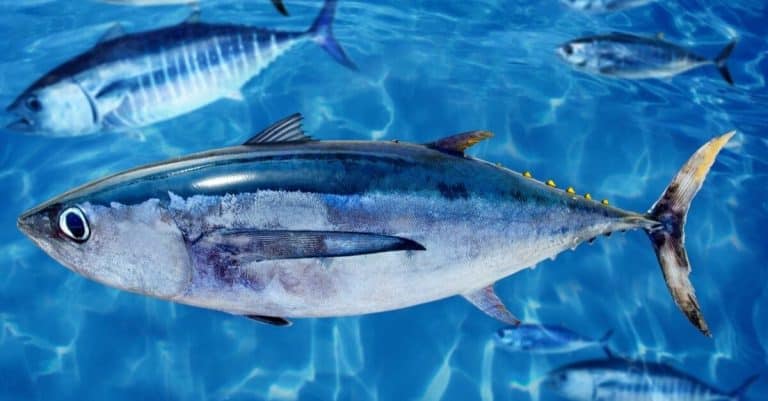
Shiro Maguro – Albacore Tuna
Source: Wild Mercury Risk: Moderate Albacore tuna, or shiro maguro, is one of the smallest members of the tuna family. It occurs in temperate and tropical zones throughout the world’s oceans, and is commonly found in many North American sushi establishments. Common issues faced by albacore fisheries include high bycatch levels and depleted stock status. Some…
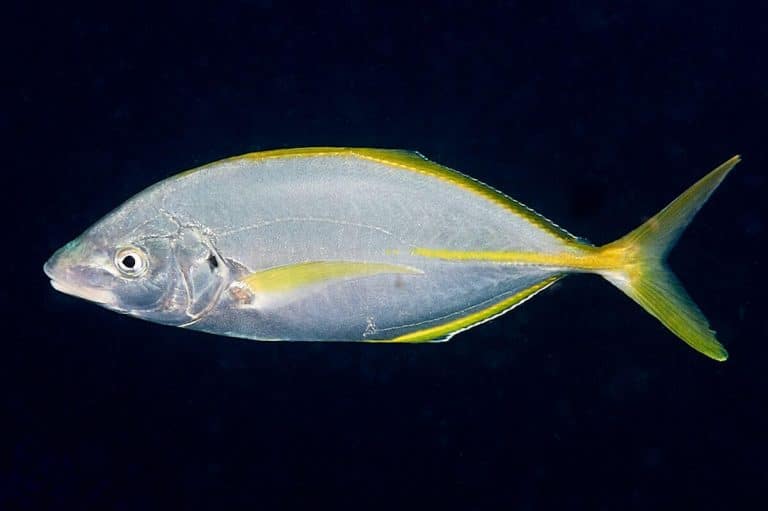
Shimaaji – White Trevally
Source: Wild, some farmed Mercury Risk: Unknown Lamentably, it’s not easy to find shimaaji in the United States. The sweet delicate flesh of the white trevally, usually labeled on menus as “striped jack,” is often described as a cross between aji and hamachi—a truly succulent combination. If you haven’t tried it, it’s something to experience. But to try it, first you…
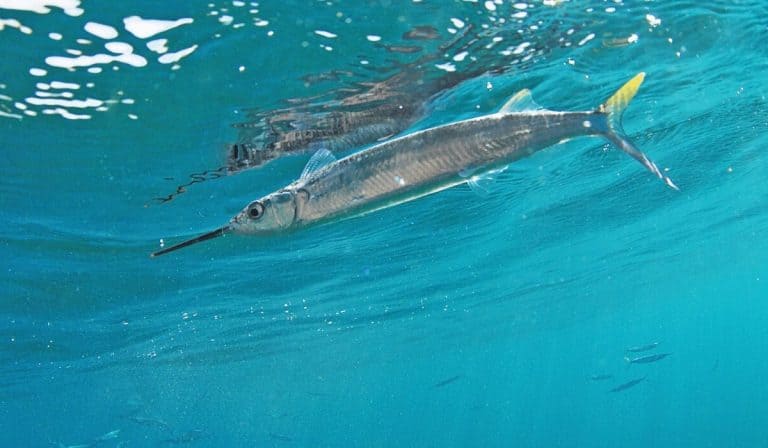
Sayori – Halfbeak
Source: Wild Mercury Risk: Unknown Sayori, the Japanese halfbeak, or needlefish, is one of the oddest animals ever to grace the sushi counter. With their long slender bodies and what is perhaps the most pronounced underbite in the animal kingdom, this fish looks more like a writing implement than a food source. Even so, the halfbeak…
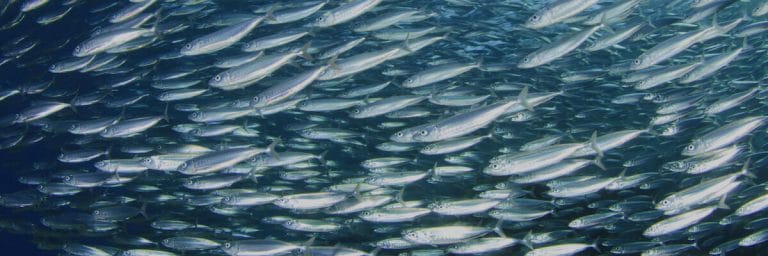
Masago – Roe
Source: Wild Mercury Risk: Low Masago is the processed roe (eggs) of the capelin, a small fish that exists in vast quantities throughout the northern Atlantic and Pacific oceans. It is generally orange-red in color and is often used as a garnish or to top pieces of nigiri. It should not be confused with tobiko, the roe of the…
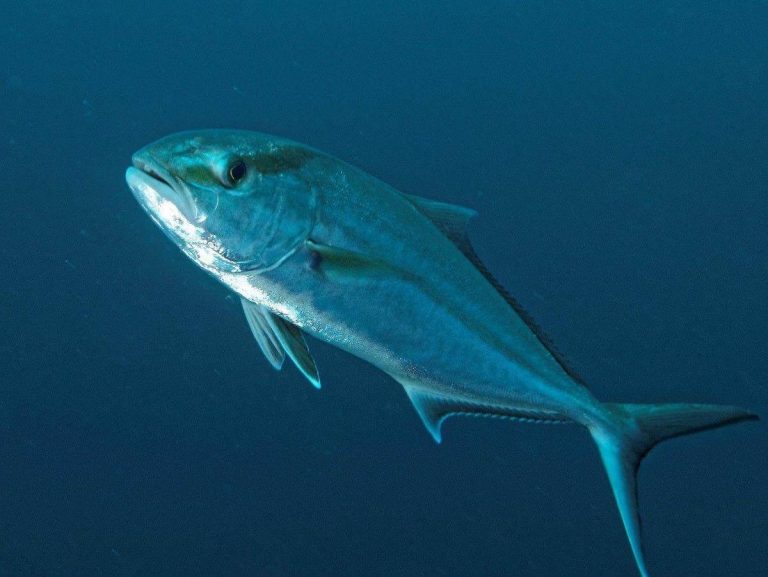
What is Hamachi Sushi? 4 Types of Japanese Amberjack Sushi
The rich buttery flavor and smooth texture of amberjack has achieved real popularity with American sushi fans. Be warned, however — to get to the bottom of what hamachi sushi is, one must first establish what exactly is being served. That is not easy. First off, there are four species of amberjack that are found at the…
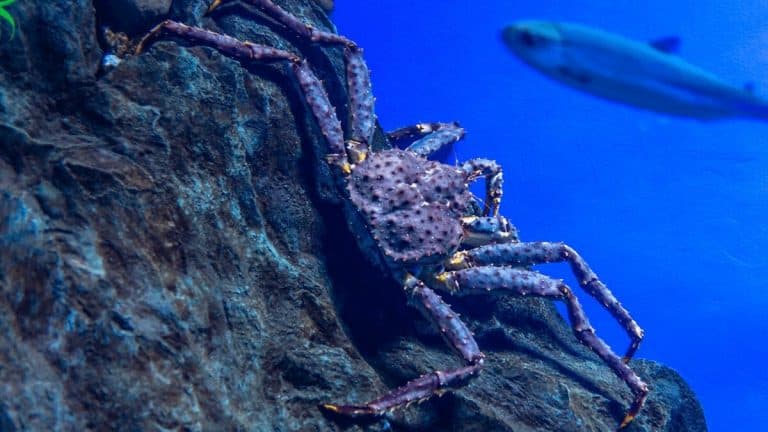
What Is Kani Sushi? 6 Types of Crab Sushi To Know
At the sushi bar, “crab sushi” is a category rather than a single animal. Depending on how and where you order kani sushi, you may receive Dungeness crab, king crab, snow crab, stone crab, blue crab, or even kanikama or surimi, which isn’t really crab at all. To make matters even more confusing, the crab may…
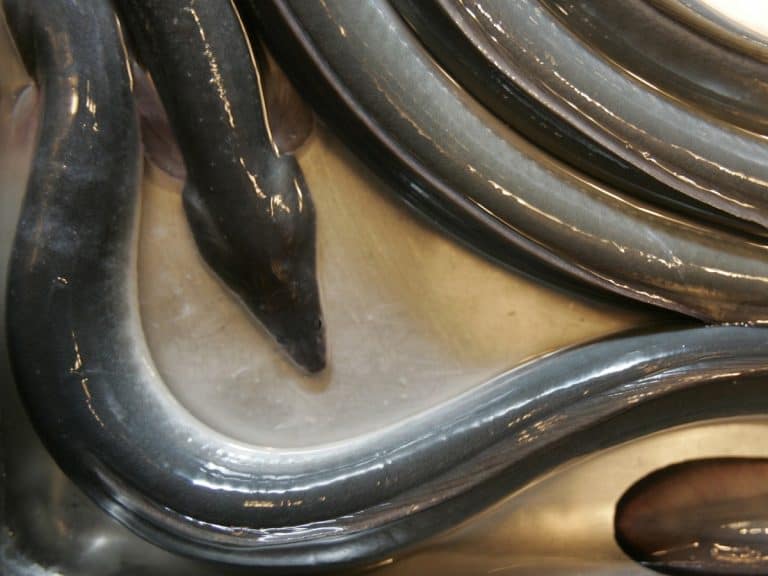
Unagi – Freshwater Eel
Source: Farmed Mercury Risk: Low Freshwater eel, known as unagi, is one of the most popular items in the American sushi industry. It is generally grilled and served with a dark kabeyaki sauce. Unfortunately, our consumption of eel is a tremendous problem from an environmental standpoint. Wild eel populations around the world are in severe…
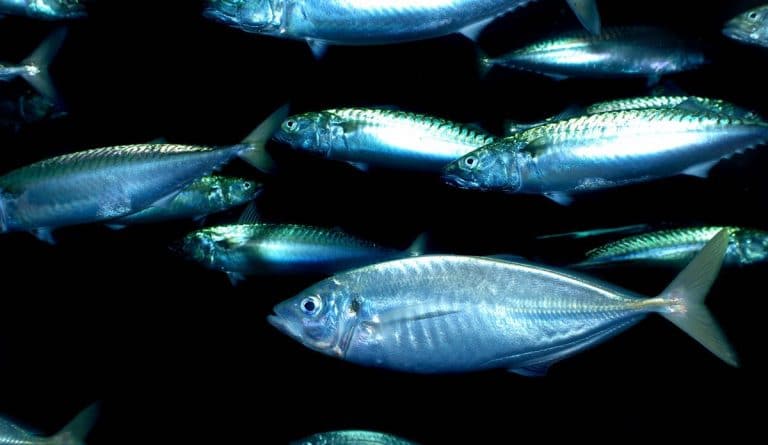
Aji – Horse Mackerel
Horse Mackerel Source: WildMercury Risk: Low Aji, also known as horse mackerel or saurel, is one of the three types of mackerel commonly available in sushi bars, the others being saba and sawara. The term aji refers to any member of the horse mackerel family. When aji is ordered in a U.S. sushi bar, what often arrives at the table is a tasty…
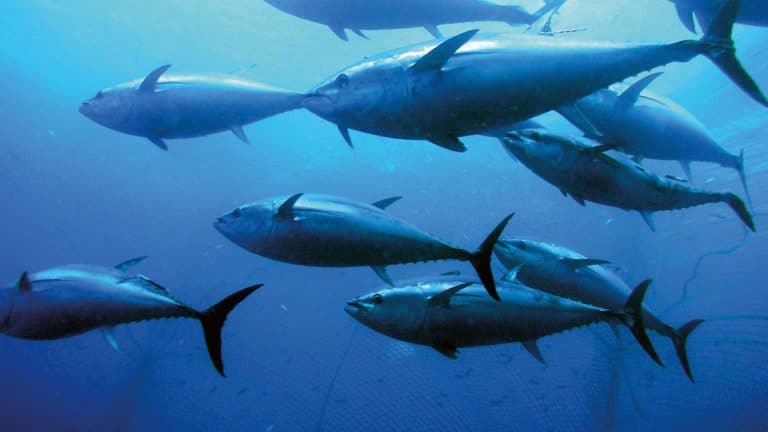
Toro (Hon Maguro) – Bluefin Tuna
Bluefin tuna belly Source: Wild, Farmed Mercury Risk: Extreme Toro (or hon maguro, as it’s sometimes called). Bluefin tuna — there’s nothing quite like it. The soft delicate taste, the silky ethereal texture, the lingering hedonistic delight that resonates long after the delicate morsel has slipped softly down your throat. It’s an incredible dish. I…
